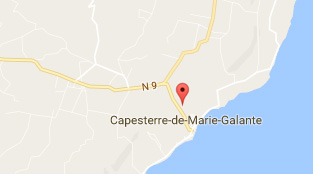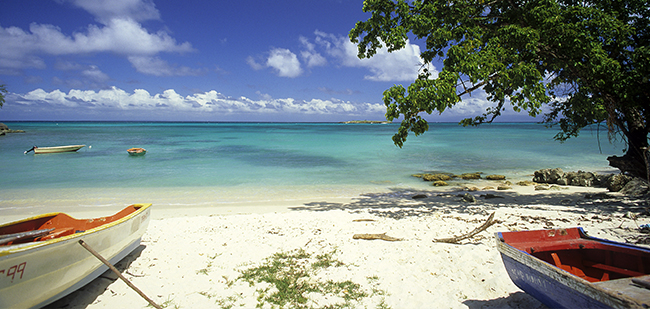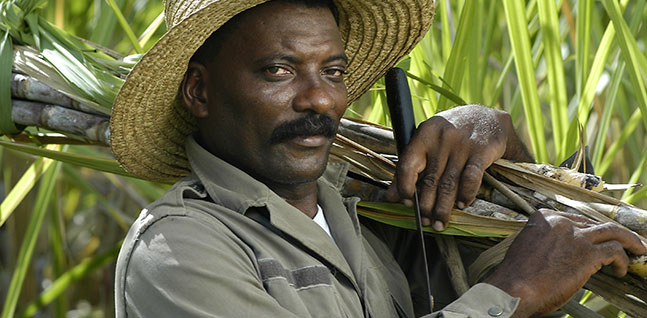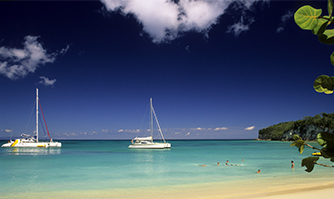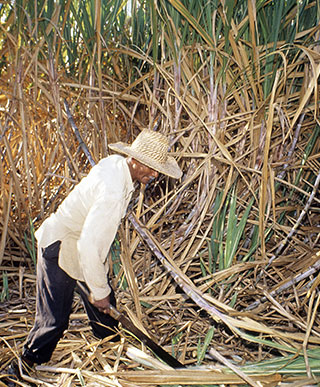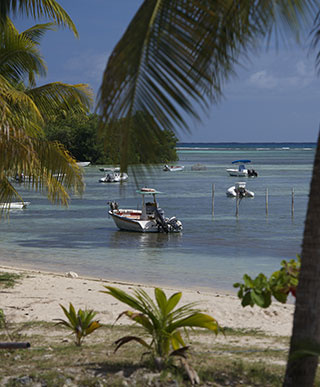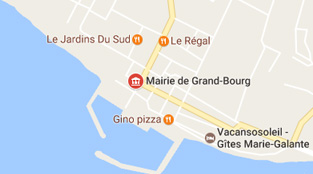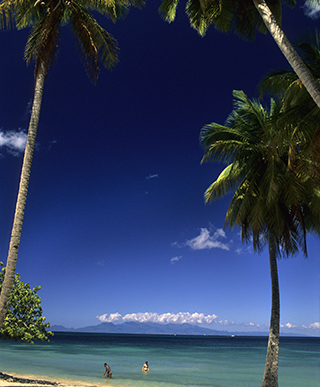This district on the southwest coast of Marie-Galante is the island’s largest and comprises the Canton of Grand-Bourg. From its freshwater reserve to its fishing port, Grand-Bourg offers an array of assets.
The Carib population chose Grand-Bourg for its extensive supply of freshwater from the Marais Folle-Anse. Ever since the first colonists arrived in 1648, followed by a Carmelite religious community that established its convent there in 1660, the island has had an especially dramatic history.
Sacked by the Dutch and then pillaged and burned by the English, Grand-Bourg didn’t re-emerge until the eve of the French Revolution, when a port was constructed there. The island proclaimed its independence from Guadeloupe in 1792 and Grand-Bourg served as its capital, under the name Réunion, until 1794.
The community was confronted with numerous crises during the 1800s, including hurricanes, earthquakes, fire and cholera epidemics. But these days, peaceful and mild Grand-Bourg will win you over with its undeniable, authentic charm.
